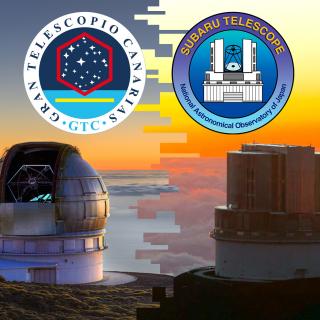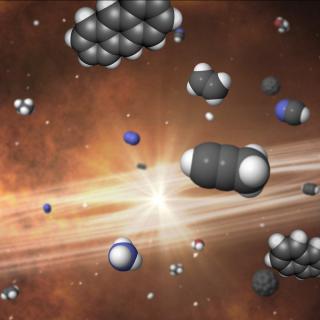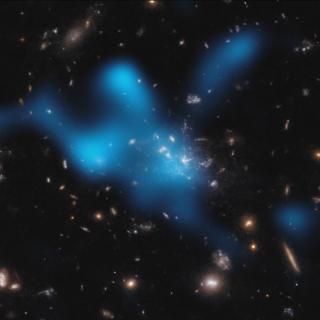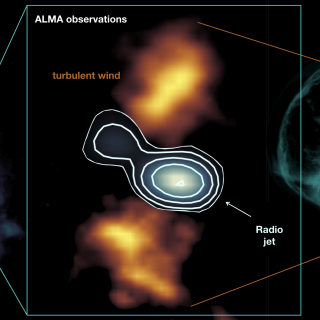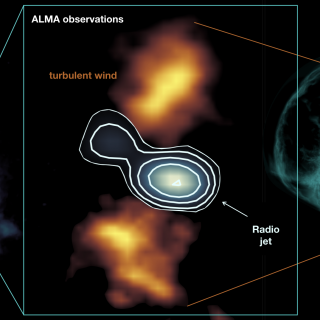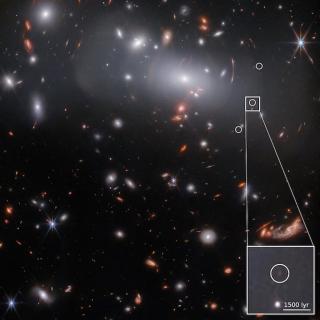
Using first-of-their-kind observations from the James Webb Space Telescope (JWST), an international scientific team, in which the Instituto de Astrofísica de Canarias (IAC) participates, finds a unique, minuscule galaxy that emitted its light more than 13 billion years ago. The galaxy, detected through gravitational lensing, is one of the smallest ever discovered at this distance and has an extremely high star formation rate for its size. This discovery could help astronomers learn more about galaxies that were present shortly after the Universe came into existence. The paper is published in
Advertised on
